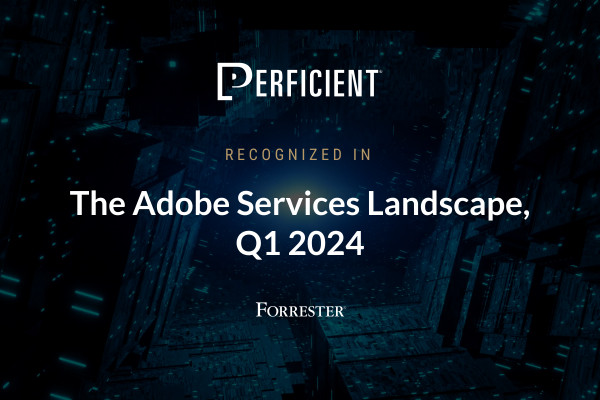If 2020 and 2021 taught us anything, it’s that we need to be ready for whatever happens. How can you anticipate the unexpected? Being ever flexible and innovative is a good place to start, but you also need to prioritize retaining and growing relationships with existing customers. The best way to reduce friction and transform your customers into brand evangelists is to undertake a journey mapping effort.
Journey Maps tell the story of the customer’s experience from initial contact through engagement and into a long-term relationship. They focus on specific customer outcomes and help identify gaps in the experience that are disjointed or painful by stepping into your customers’ shoes and creating empathy. Empathizing with customers in this way can create visibility into hidden issues that may slow or stop conversion.
A key to successful journey mapping is choosing the right internal stakeholders to include in the process. You’ll want to identify a vocal, senior leader who can help generate support from other functions and motivate participation. The team for the exercise should include all of the functions that touch or influence the journey.
When we work with our clients on a journey mapping exercise, we follow a 5-step process:
- Define constraints: What are the boundaries? Who are the audiences we’re focusing on? What is the context for using the journeys?
- Gather research: How can we leverage customer data? Can we conduct surveys and interviews? What data is available from reputable sources? How can we replicate the process our customers go through? How can we replicate the process of our competitors’ customers?
- Synthesize findings: How can we leverage our personas, experience maps, and other insight-rich tools? What are the scenarios we should prioritize?
- Visualize: How does the customer experience this process? What is their mindset? Where are their pain points? What kinds of features and solutions will streamline their experience?
- Evaluate: Does the journey capture all of the interactions, tasks, and insights? Are stakeholders aligned? How can we prioritize the improvements our journey map illuminates?
Once complete, your journeys should be living, breathing documents. Share them in meetings, refer to them as you build technical and content roadmaps, and review and modify them as changes are made (leveraging fresh research, if appropriate) to get the most value.
Creating journey maps can open the lines of communication between departments, break down silos, and provide a safe place for innovation, visioning, and collaboration.




